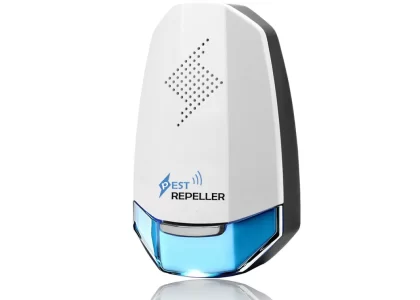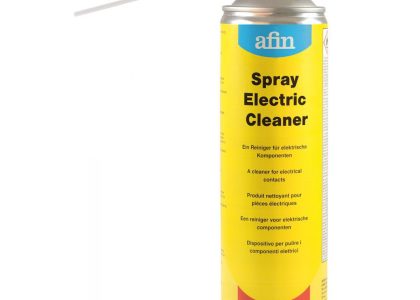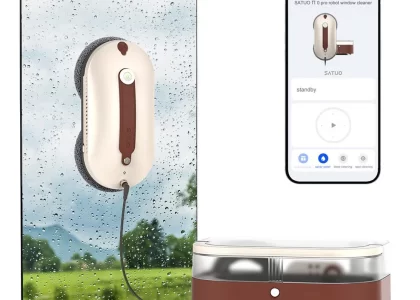 Introduction:
Introduction:
Regular cleaning of your washing machine is crucial for maintaining its performance and ensuring clean and fresh-smelling laundry. But how often should you clean your washing machine? In this comprehensive guide, we will explore the recommended cleaning frequency, signs of a dirty washing machine, and step-by-step instructions for cleaning both top-loading and front-loading machines. By following these essential maintenance tips, you can keep your washing machine running smoothly and effectively, resulting in cleaner clothes and a longer lifespan for your appliance.
 Some common types of washing machines:
Some common types of washing machines:
When it comes to washing machines, there are several types available on the market. Here are some common types of washing machines:
Top-loading Washing Machine:
These machines have a vertical drum and a lid on the top, where clothes are loaded. They are generally more affordable and take up less space. Top-loading machines may have a traditional agitator in the center of the drum or an impeller that moves clothes for cleaning.
Front-loading Washing Machine:
Front-loading machines have a horizontal drum that is accessed through a door at the front of the machine. They use a tumbling action to clean clothes and are known for their efficiency in water and energy usage. Front-loading machines are generally more expensive but provide better cleaning performance and can accommodate larger loads.
Semi-automatic Washing Machine:
Semi-automatic machines are typically top-loading machines with separate wash and spin tubs. The user manually moves the clothes from the wash tub to the spin tub for rinsing and drying. These machines require manual intervention for water filling and draining, making them less automated compared to fully automatic models.
Fully Automatic Washing Machine:
Fully automatic machines can be either top-loading or front-loading. They have built-in sensors and automatic programs that handle the entire washing process, including filling water, washing, rinsing, and spinning. Users simply need to select the desired program and the machine takes care of the rest.
Compact or Portable Washing Machine:
Compact or portable washing machines are smaller versions of traditional washing machines. They are designed for small spaces or for people who need a portable option. These machines often have lower capacities and may require manual water filling and drainage.
High-efficiency (HE) Washing Machine:
High-efficiency washing machines are designed to use less water and energy compared to traditional machines. They generally have advanced features, such as sensors and special wash cycles, to optimize water and detergent usage. HE machines can be both top-loading and front-loading.
Each type of washing machine offers different features, capacities, and functionalities. Considering factors such as the available space, budget, washing needs, and energy efficiency can help in choosing the right type of washing machine for your specific requirements.
Recommended Cleaning Frequency
Monthly Cleaning:
It is generally recommended to clean your washing machine at least once a month.
Regular cleaning prevents the accumulation of dirt, soap scum, and mold that may affect the performance and cleanliness of your machine.
More Frequent Cleaning:
If you frequently wash heavily soiled items, have hard water, or notice foul odors, you may need to clean your machine more often.
Pay attention to the condition of your washing machine and adjust the cleaning frequency as needed.
 Signs of a Dirty Washing Machine
Signs of a Dirty Washing Machine
Foul Odors:
Lingering unpleasant odors, even after washing, can indicate a dirty washing machine.
These odors are often caused by mildew, bacteria, or trapped detergent residue.
Mold or Mildew Growth:
Visible mold or mildew around the door seal or inside the detergent dispenser is a clear sign of a dirty washing machine.
These growths can affect the cleanliness of your laundry and even cause health issues if left unaddressed.
Clothes Not Coming Out Clean:
If your clothes are not as clean as they should be after the wash cycle, it may indicate a buildup of grime or residue in your machine.
A dirty washing machine can prevent proper agitation and rinsing, resulting in less effective cleaning.
Cleaning a Top-Loading Washing Machine
Cleaning the Drum:
Fill the drum with hot water, then add a mixture of vinegar and baking soda.
Allow the solution to sit for a while, then scrub the drum using a sponge or soft brush.
Finally, run a complete cycle, using hot water, to rinse away any remaining residue.
Cleaning the Dispenser and Filters:
Remove the detergent dispenser and soak it in warm, soapy water.
Clean the filters and hose screens, removing any debris or buildup.
Cleaning a Front-Loading Washing Machine
Cleaning the Drum and Gasket:
Create a cleaning solution by mixing vinegar and water. Apply this mixture to the drum and wipe the gasket with a cloth soaked in the solution.
Pay attention to any visible dirt, mold, or residue, and scrub gently to remove it.
Cleaning the Dispenser and Filters:
Remove the dispenser drawer and clean it thoroughly with warm, soapy water.
Remove and clean the filters, ensuring they are free from debris and buildup.
 After-Cleaning Maintenance Tips
After-Cleaning Maintenance Tips
Leave the Door Open:
After each wash, leave the door or lid slightly open to allow airflow and prevent moisture buildup.
This helps prevent the growth of mold and mildew.
Wipe Down the Drum and Seals:
Regularly wipe down the drum and seals with a dry cloth to remove any moisture or residue.
This simple task can prevent the accumulation of grime and keep your machine clean.
Check and Clean Drain Lines:
Periodically inspect the drain lines for clogs or blockages.
Remove any debris and clean the lines to ensure proper draining and prevent foul odors.
 Conclusion:
Conclusion:
Regular cleaning of your washing machine is essential for optimal performance and clean laundry. It is recommended to clean your machine at least once a month, adjusting the frequency based on usage and signs of dirt or odors. Whether you have a top-loading or front-loading machine, following the appropriate cleaning steps, including cleaning the drum, dispenser, filters, and seals, will ensure a fresh and efficient washing process. Remember to incorporate after-cleaning maintenance tips, such as leaving the door open and wiping down the drum and seals, to prevent future dirt and moisture buildup. By making washing machine cleaning a regular part of your routine, you can enjoy cleaner clothes, eliminate foul odors, and prolong the lifespan of your appliance.





